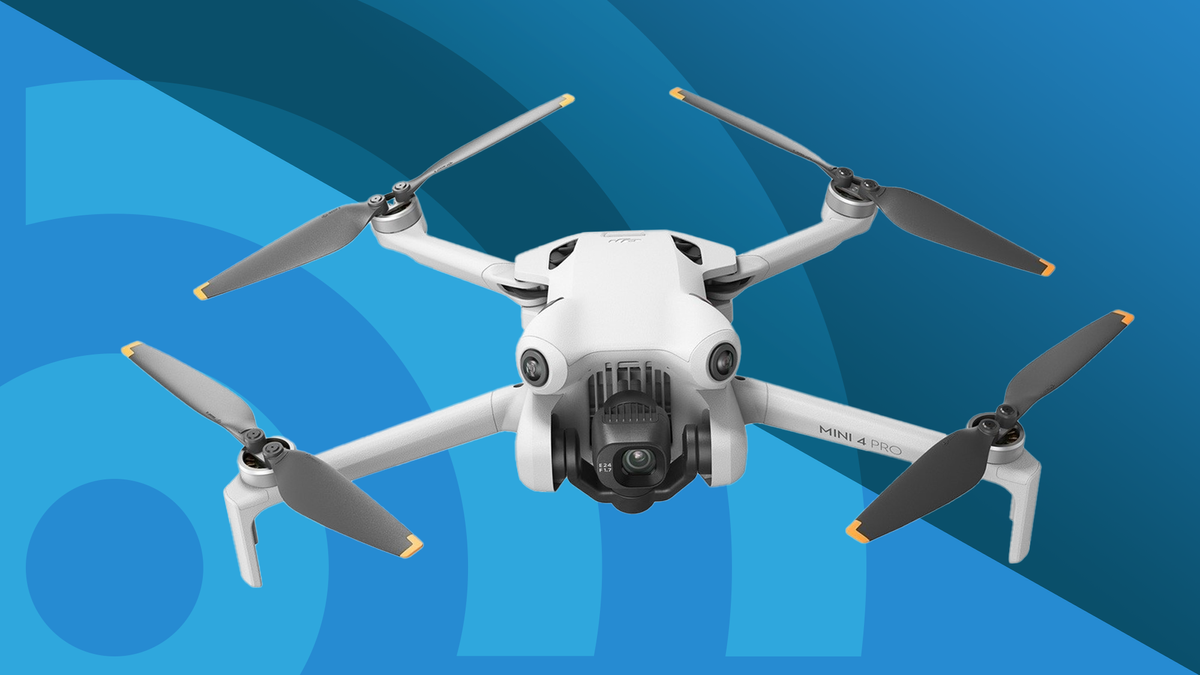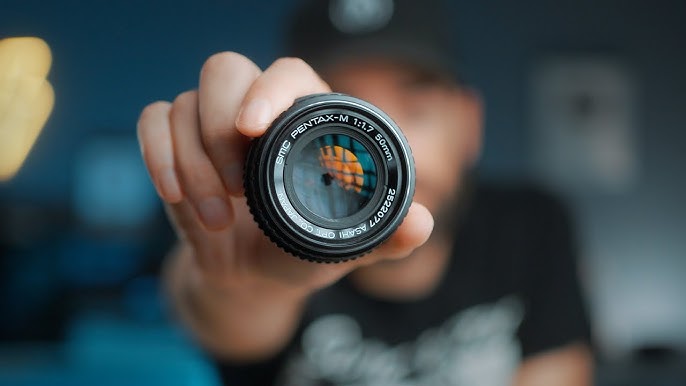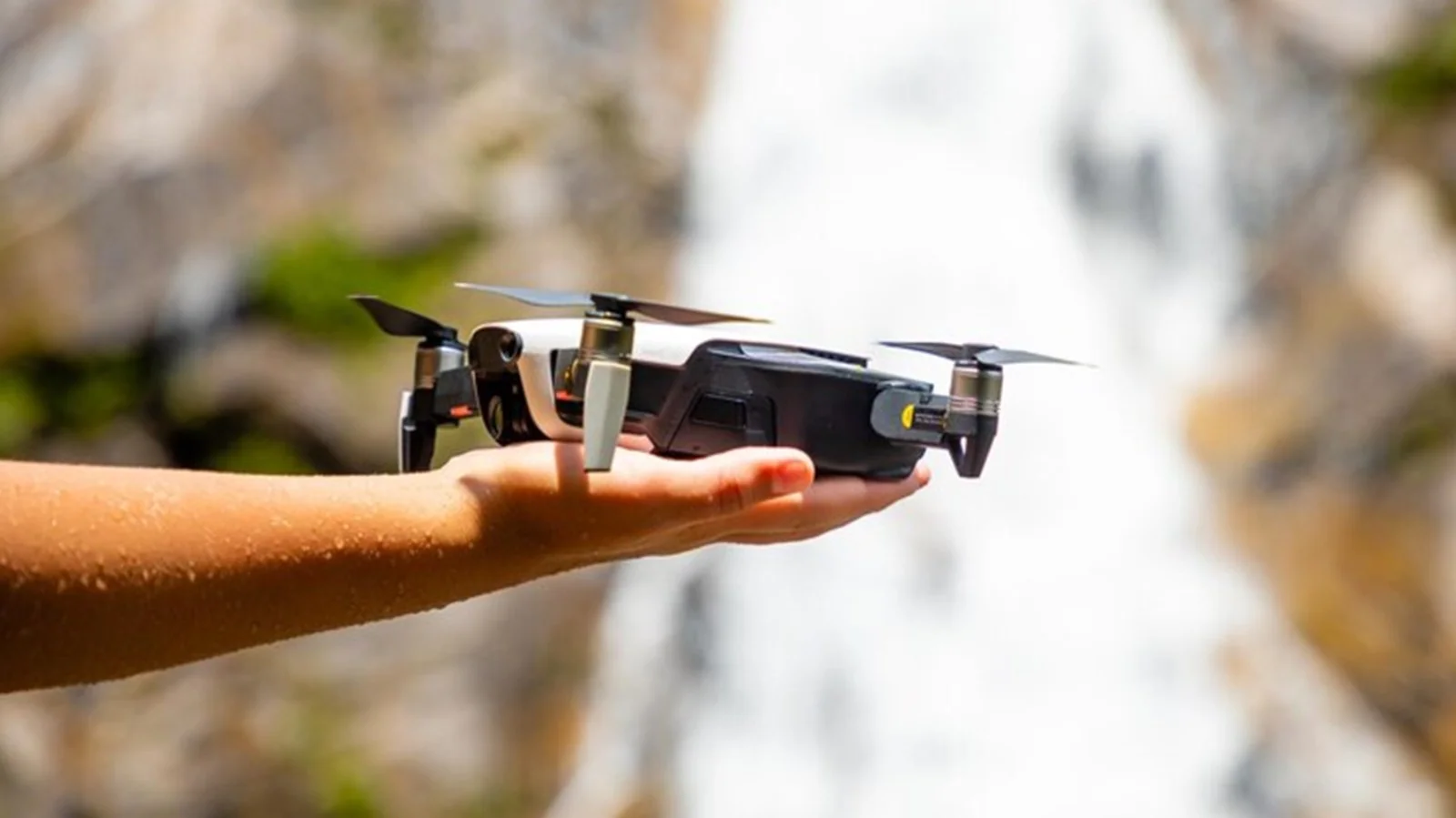The world of aerial photography and videography is continually evolving, and drone technology is at the forefront of this revolution.
One of the significant advancements in drone cameras is the integration of full-frame sensors.
In this article, we will explore the capabilities and advantages of full-frame drone camera sensors, which are transforming the way we capture stunning aerial imagery.
Understanding Full-Frame Sensors
A full-frame sensor, also known as a 35mm sensor, is the same size as a standard 35mm film frame, measuring approximately 36mm x 24mm.
In the world of digital photography, this sensor size is considered “full-frame.”
Full-frame sensors are larger than the sensors commonly found in consumer-grade drones, such as 1/2.3-inch or 1-inch sensors.
Advantages of Full-Frame Drone Camera Sensors
- Superior Image Quality: Full-frame sensors capture more light and offer higher resolution, resulting in exceptionally sharp and detailed images. They excel in producing images with rich colors and minimal noise.
- Enhanced Low-Light Performance: With larger pixels that can gather more light, full-frame sensors perform exceptionally well in low-light conditions. This makes them ideal for capturing nighttime scenes or sunrise/sunset shots.
- Greater Dynamic Range: Full-frame sensors can handle a wider dynamic range, capturing more detail in both the brightest highlights and darkest shadows. This feature is essential for achieving balanced exposures in high-contrast scenes.
- Shallow Depth of Field: Full-frame sensors allow for a shallower depth of field, enabling creative control over background blur and foreground focus. This is particularly useful for achieving cinematic effects in aerial videography.
- Versatility: Full-frame drones are versatile, suitable for a wide range of applications, including professional photography, cinematography, mapping, and surveying.
Applications of Full-Frame Drone Camera Sensors
- Professional Photography: Full-frame drone sensors are favored by photographers for their exceptional image quality. They are used in landscape photography, architecture photography, and more.
- Cinematography: Filmmakers appreciate the cinematic qualities of full-frame sensors, allowing them to achieve a film-like look with stunning depth of field and low-light performance.
- Surveying and Mapping: Full-frame sensors capture detailed aerial images for creating highly accurate topographical maps and surveying large areas.
- Environmental Monitoring: These sensors are crucial for capturing high-resolution images for environmental research, wildlife monitoring, and disaster management.
- Infrastructure Inspection: Full-frame drones are used to inspect critical infrastructure such as bridges, towers, and power lines, thanks to their ability to capture intricate details.
Challenges of Full-Frame Drone Cameras
While full-frame drone cameras offer remarkable advantages, they also come with challenges:
- Size and Weight: Full-frame sensors are larger and heavier, requiring larger drones and more powerful motors to carry them.
- Cost: Full-frame drone cameras are more expensive than smaller sensor counterparts, making them a significant investment.
- Power Consumption: Full-frame sensors consume more power, potentially reducing flight time compared to drones with smaller sensors.
Conclusion
Full-frame drone camera sensors have opened up new horizons in aerial photography and videography, offering unmatched image quality, low-light performance, and versatility.
While they come with challenges such as size, weight, and cost, their advantages make them a compelling choice for professionals seeking to capture breathtaking aerial imagery and cinematic footage.
As technology continues to advance, full-frame drone sensors are expected to become even more accessible and prevalent in various industries, further expanding the possibilities of aerial photography and cinematography.









Leave a Reply